
Morning walks on Guiones Beach in Nosara are pleasant. You see surfers, children playing in the sand and people walking their dogs. But some mornings, especially in the early morning when the sun is just rising behind the hill, you can see some strange tracks.
They are about 10 centimeters (4 inches) long, and they show up in a string of double prints, one above the other. The path they mark goes from the sea toward the dune. They are sea turtles.
Other mornings, between 10 a.m. and noon, beach-goers are surprised to come upon dark blue baby sea turtle hatchlings.
Guiones Beach is not known for sea turtle sighting activities like Ostional Beach is but it has been part of the Ostional Wildlife Refuge (RVSO- Refugio de Vida Silvestre Ostional) since 1985. While Playa Guiones doesn’t experience the famous mass arrivals of hundreds of thousands of Olive Ridley turtles that come to the neighboring beach, a group of local residents and an American marine biologist are studying the activity of these marine reptiles to show that they come to Guiones too.
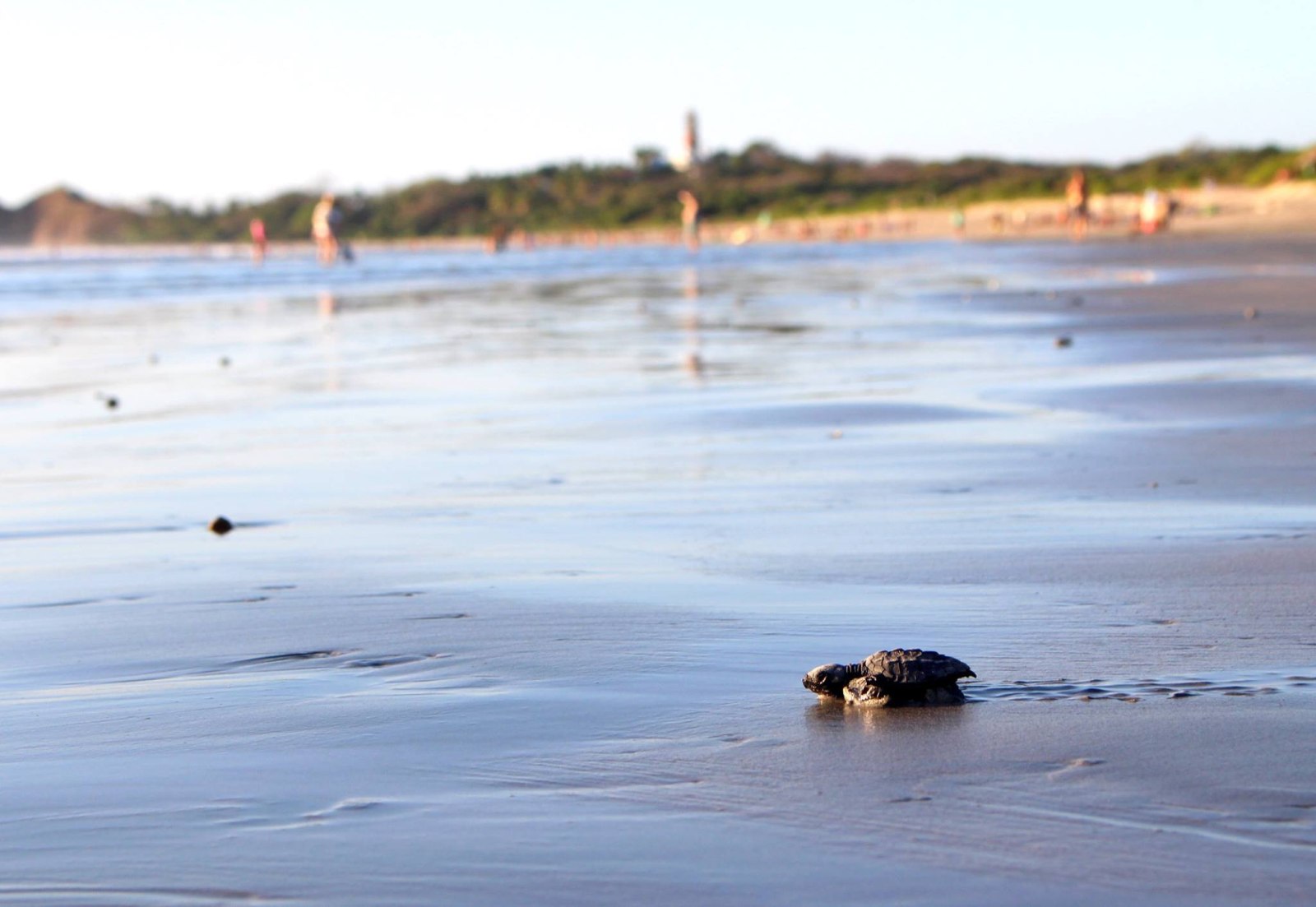
Photo by David Valverde
Marine Biologist Vanessa Bezy, 27 years old, is from North Carolina, USA, and is currently working on her doctorate with the Natural Science Foundation to analyze the behavior of the mass arrivals in Ostional. Ostional’s beach and community are not new to Bezy. She has been visiting the area regularly since 2010, and in May 2015, she decided to move to Guiones Beach to work on her doctorate full time.
Her experience with sea turtles is more than a little despite her young age. In 2004, she worked at Matapalo Beach as a volunteer with the Protected Areas Volunteers Association (ASVO- Asociación de Voluntarios para Áreas Protegidas) nonprofit organization, as well as at several sea turtle nesting beaches in her country.
“The impression in Ostional is that there are almost no [sea] turtles in Guiones or Pelada, but in reality, they are ignored. There is not enough material about it. There are no details. There are no studies,” Bezy said. “There are many more than what was believed.”
Thus, while still working on her doctorate, in October of 2015, Bezy decided to create the TortuGuiones research project.
With logistical and financial support from some area businesses, and volunteer work from residents— called Citizen Science due to the scientific training that volunteers should receive to participate in the study— the project already has created an extensive record of nestings, hatchings and looted nests.
“Monitoring the turtles is very simple,” the biologist explained. The volunteers’ job is to fill out a form available on the TortuGuiones website, describing what kind of activity they witnessed. “We put (numbered) posts every 50 meters. It is an economical way to locate the exact place on the beach where an activity was reported.”
The project already has about 100 volunteers who participate in organizing events, providing services or reporting sightings. About 20 volunteers have been formally trained to look for and record turtle activity on the beach, mostly Guiones Beach. “We have also received reports from about 30 community residents who saw turtles on the beach,” Bezy said.
Change of Scenery
In February of this year, after a long struggle by local communities whose houses within the refuge were under threat of demolition, RVSO’s legal status was changed from being a state-owned refuge with strict laws protecting the turtles but to the detriment of human activity, to being a state-mixed-use refuge. Under the new law the refuge rules are more flexible.
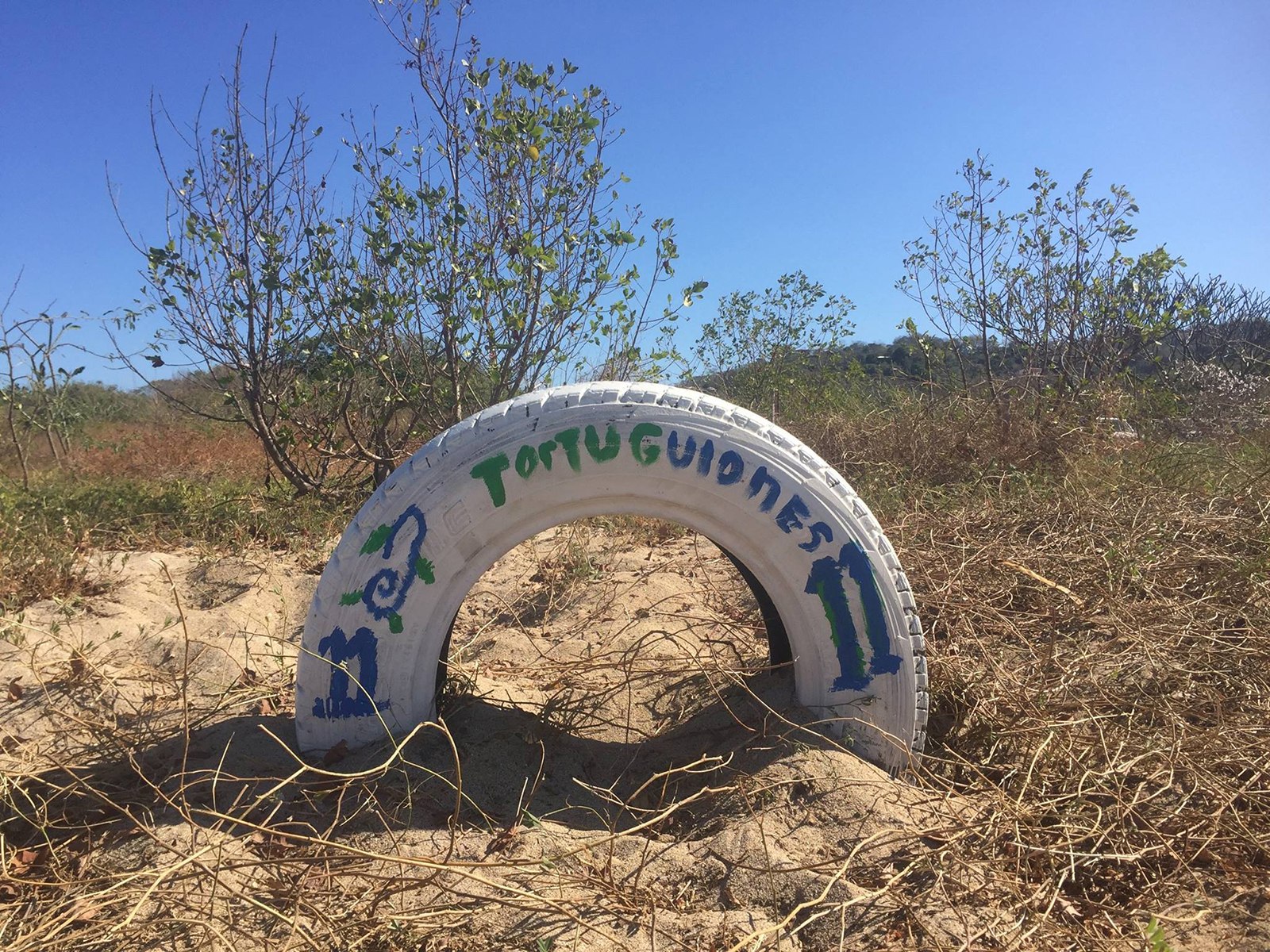
Photo by David Valverde
The refuge was formed in 1983 and stretched only from Ostional Beach to the mouth of the Nosara River. In 1985, the president at the time, Luis Alberto Monge Alvarez, extended the refuge from the Nosara River to South Guiones via a decree.
TortuGuiones came about in this context, although Bezy clarified that the project does not seek to go against the new law nor to prove that the presence of turtles on Playa Guiones should restrict human activity more than what the governmental authorities in charge have established. Rather, the Project’s objective is to create the first scientific study of sea turtle activity in Guiones.
For the young woman, the development of local communities goes hand in hand with protecting the turtles when people understand the impact they have on their environment. “There are many people who want to build [on the beach] and [taking care of the turtles] is really important to them.”
In addition, the scientist is convinced that in order for Ostional to continue to be the immense nesting ground for turtles, neighboring beaches should also receive attention. “What happens if we ignore what goes on in Guiones? It can drastically impact the beach in Ostional. We should protect the surrounding beaches.”
Bezy gave the example of what happened with the Las Baulas National Marine Park in Playa Grande, adjacent to touristy Tamarindo Beach. It experienced huge cut-backs of leatherback turtle nesting in the 80s until it was declared a national park in 1991.
TortuGuiones report from October 2015 to March 2016 (this project is backed by MINAE)
Guiones
Nesting Sea Turtle: 27
Hatchlings: 29
Peladas
Nesting Sea Turtle: 10
Hatchlings: 4


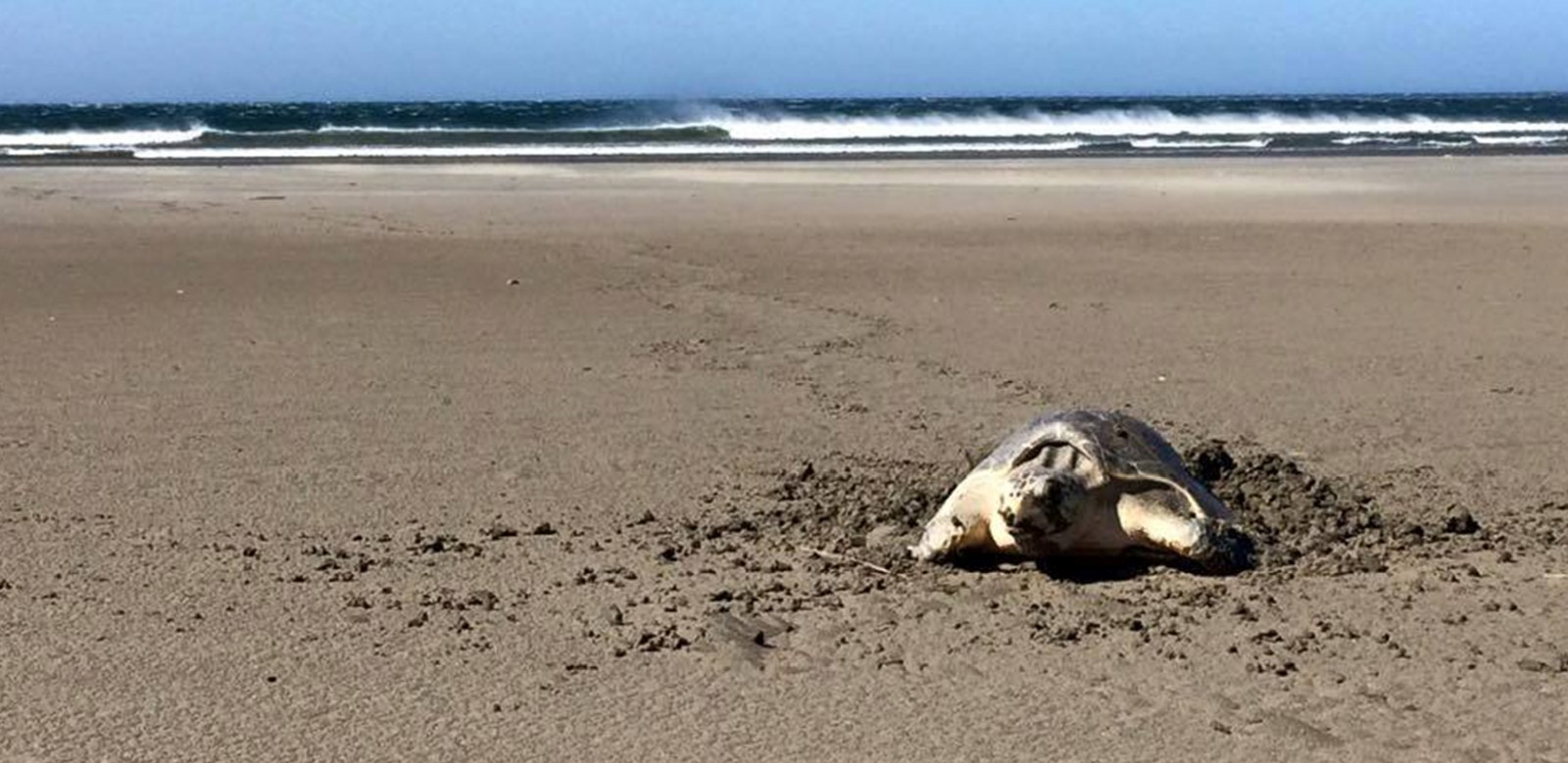
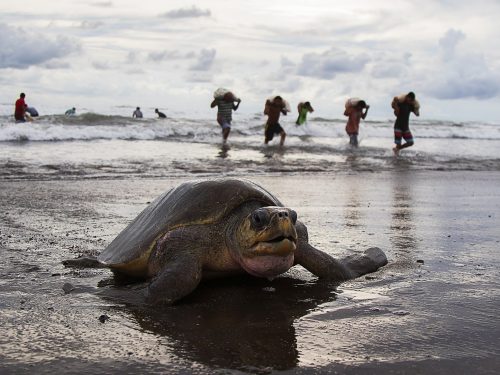
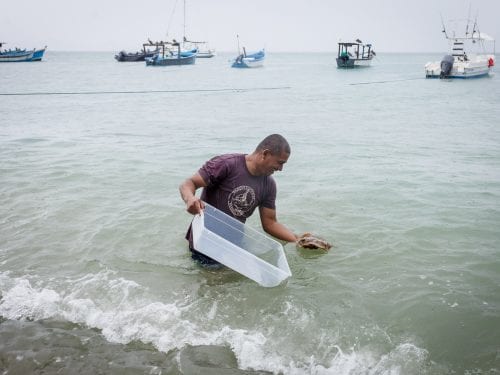
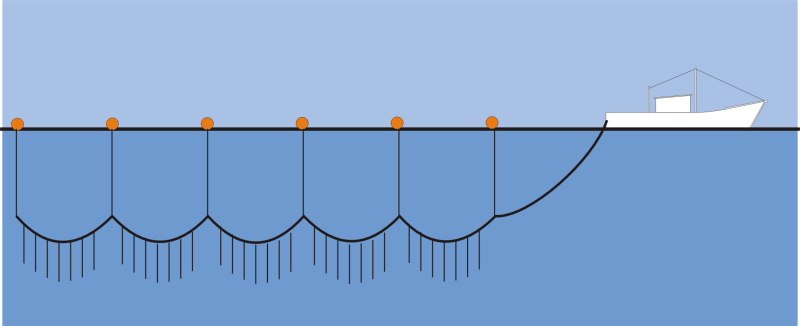

Comments